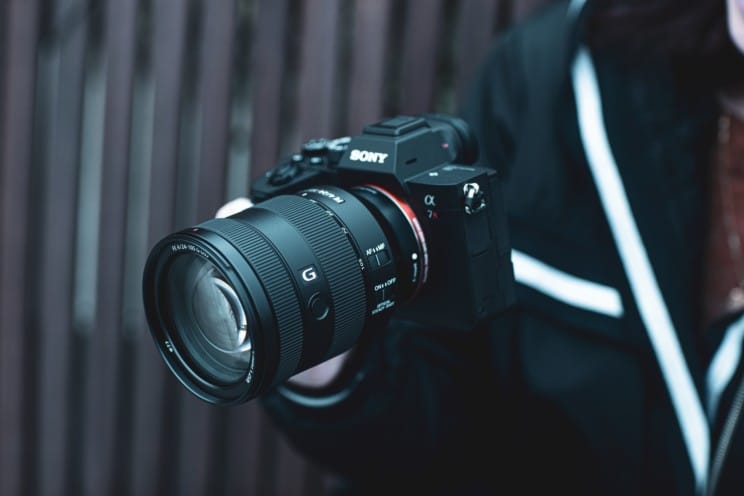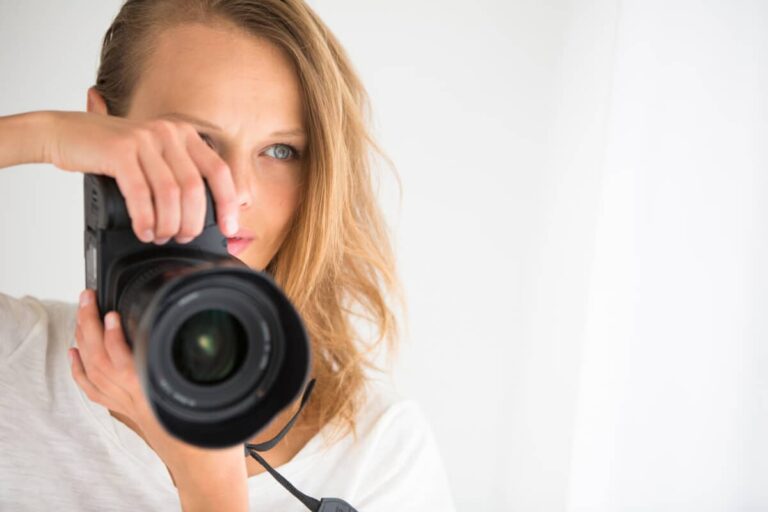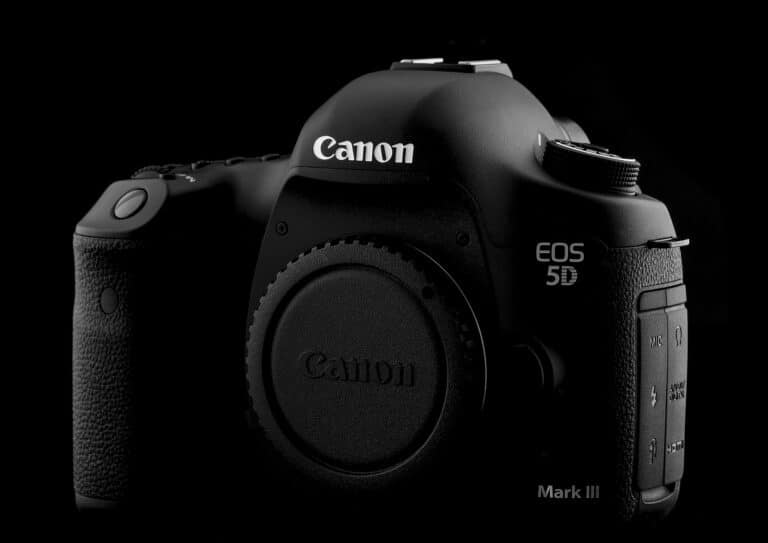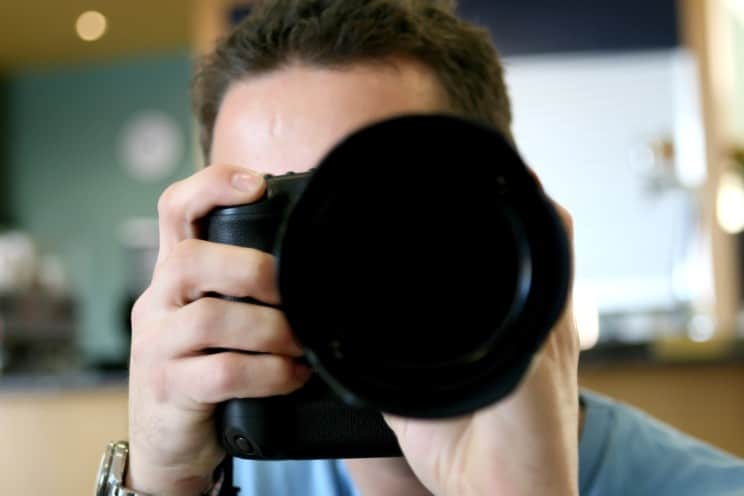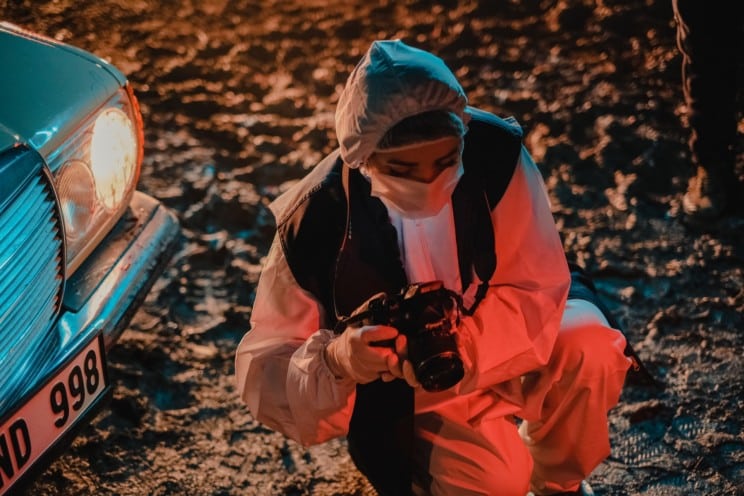Your Film Camera: How To Tell If Your Film Is Used
When you happen across older films, you might decide that throwing the film away is your best option.
After all, you’re likely using something that you believe is useless, but is that the case?
How to Tell If Film is Used: A Helpful Guide
Determining whether someone has used a roll of film helps decide whether or not you can use it or whether you can have it developed.
Some possible good news is that unused old film may still be acceptable to shoot some pictures with if you take some considerations into account.
If you need to know whether someone has previously used a roll of film, there are ways to find out that are easy and hassle-free.
Once you know how to tell the difference, using film that has been around the house is a lot easier.
How Do You Tell If a Roll of Film Has Been Developed?
Discovering whether anyone has used a roll of film depends on whether the film is 35mm, 120mm, or 220mm.
There are three methods used for 35mm film and three distinct signs for 120mm and 220mm films.
Because labs will put the film back into the canister after developing APS film, a film that you find in a canister may have been developed.
Checking for signs of use and finding evidence of unused film is a certain sign that the roll is undeveloped.
35mm Film
Discovering whether anyone used a 35mm film involves a visual inspection using three methods that keep your film from getting damaged.
Although you may not need to use all three, knowing them is a good idea.
Check for a Film Leader
Some of the film, known as the “film leader,” will be outside the canister. This portion is necessary for the film to load into the canister correctly.
Once you have reached the film’s end, you will need to wind the film into the canister again if the camera does not do this automatically.
The reason for rewinding is to prevent exposure to light, so if there is no film leader, the film is, most likely, used.
However, some older cameras leave the film leader out after reaching the end of the film.
The following two steps might be necessary because the film leader is not always the best way to determine whether anyone used a film.
Check for Certain Marks on the Film Leader
During film loading, the film leader passes through a take-up spool.
This spool has teeth interacting with the film’s perforated edges, bending the film or leaving creases or marks that are easy to identify by sight or touch.
Taking a quick look at the film leader to locate marks can help you determine if someone has used the film.
A leader that is mark-free, on the other hand, could be unused and a good prospect for further usage.
With APS Film, Check the Four Numbers
APS, or Advanced Photo System film, requires a different method to check the film for use.
APS film is less likely to be damaged by contaminants or dust because it returns to the canister after development.
Four numbers appear at the bottom or top of the canister. Shapes that appear next to each will show what the film’s status is before you use it, as we will look at below:
- An unexposed film has a white dot at the 1 position
- A film that has been changed mid-roll and is ready for reloading has a white half-circle at 2
- An exposed film that requires development has a white x at 3
- A developed film that is okay to take out of the canister has a white square at 4
One of the most convenient aspects of APS film is being able to discover its status through the marks on the canister.
The film, combined with some of the features that photographers enjoy the most, makes APS cameras some of the most popular devices in the photography industry.
120 or 220mm Film
There are a few things to look for with medium film rolls, also known as 120 or 220mm film. The things to look for include:
- Handwriting on the roll itself
- The word Exposed appearing, which is a sure indicator of use
- Film on the spool tightly wound
How Long Can Film Last?
Most people consider film old ten years after its original manufacturing date, and many hesitate to try to develop film after this timeframe.
Color film manufacturers design film to last about two years after the initial purchase time; however, this does not make use after two years impossible.
Storage makes a significant difference in the film’s longevity, as well as increased protection from dust and other contaminants. Some photographers refrigerate their film to take advantage of this increased longevity.
Hot, humid storage locations like attics can present challenges for using film that impact the overall picture quality.
Sometimes, film stored in such conditions sticks to the inside of the canister, increasing the risk of damage before use.
Will Expired Film Work?
The expired film may work, and some photographers enjoy working with such film.
Keeping film that is unused might be very rewarding and save you the expense of buying additional film that you may not require.
Availability and pricing have helped create a market for unopened, expired film canisters.
Unopened 35mm film can be worth quite a lot on this market because most retailers refuse to keep the expired film on the shelves.
The expired film often creates unusual effects that you will not find with recent films.
These effects are similar to what you would get with using a filter online, making the pictures look unusual, at the very least.
How Do I Use Expired Film?
If you are shooting photos with expired film, there are important considerations to remember to get the very most from this experience.
You can use either black and white or color film, but you need to keep some important points in mind.
Once the film has passed its expiration date, the light sensitivity decreases, which will impact the quality of your photos.
Although black and white and color film both experience deterioration, the effects are more evident in color film.
The results from the expired film will not be the same as fresh film, but there is nothing wrong with using expired film in and of itself. Here are some helpful hints to keep in mind:
- Shoot in bright sunlight if possible for the best color saturation
- Store old film in the freezer in airtight bags, and label the bags with the expiration date and the date frozen
- Allow the old film to warm up to room temperature before use after removing it from the freezer
- Instant film should never go into a freezer because of the unique chemical composition
- Add one more stop of light for every ten years that the film has expired
- At least one extra stop of light is a good idea for a film of unknown age
Is It Possible to Develop Expired Film?
You can develop black and white or color film that has expired.
Film less than 50 years old or non-slide film develops the same way as other types of film, regardless of whether you use a commercial lab or have a darkroom.
Commercial retail photography labs will develop old film, but have longer turnaround times lasting weeks, may produce pictures of lesser quality, and will not return negatives.
If the older film may contain pictures of value, you may want to select your development option carefully.
Companies that specialize in older films and accept films by mail will often be the best option.
These companies will also usually handle slide film, increasing the range of hidden treasures you may have lying around that you may want to develop.
If you are adept at developing film, you may want to consider completing this type of task yourself.
Even though the developing film is not for everybody, those who enjoy this type of project will find it satisfying and enjoy the opportunity to learn.
How Do You Check If There is Film in a Camera?
An easy way to tell if there is a film in a camera is to try to advance the rewind button or lever, especially in a 35mm camera.
Encountering resistance when trying to advance is a sure sign that the camera has film inside it.
You can also open up the camera to check for a film inside. However, you need to open the camera in a dark setting so you do not inadvertently expose any film that might be inside and ruin any possible pictures.
Another option is to look for an exposure counter window.
These windows are blank when there is no film and show a number to display the number of exposures used when there is film present.
Some cameras have a motorized film advance option that makes it easier to find whether there is a film through listening for motor sounds.
The motor runs for about a second with film and longer without any present.
Knowing whether your camera has film is easy with APS cameras. These devices are designed to work only with film inside, indicating that a non-functioning camera has no film inside.
Large-format cameras can be somewhat tricky because you need to see which side of the film holder is facing out.
When the silver side of the holder faces out, there is probably film present, and you may want to use caution about your location when opening the holder to avoid accidental exposure.
Can Undeveloped Film Be Exposed to Light?
Undeveloped film should not be exposed to light, particularly sunlight. At the very least, you might end up with light fogging, and, at the most, your pictures might not come out at all.
Of the different types of film, 35mm will have the least potential for problems if exposed to light.
The presence of a film leader allows you to load the film in light settings, although your first frame might fog.
When you’re loading film into your camera in daylight conditions, standing in a shaded area will help increase your chances of a satisfactory outcome.
At the very least, you will probably want to make sure your back is to the sun.
Unintentional light leaks can provide unusual effects for photos, but they may not be the effects that you wish to see.
Your camera’s light seals should always be fresh to avoid unexpected and unwanted light exposures.
Avoiding opening your film door once the film has loaded is always a good idea to prevent any possible problems.
Otherwise, your film will get too much light exposure, and your photos may come out in a blinding white without any detail.
While undeveloped film can withstand light exposure, the effects may not be what you wanted.
In most cases, avoiding light exposure is a preferable outcome, barring a few effects that require overexposure to provide the desired look.
Final Thoughts
Being able to tell whether a film has been used is important for any photographer, and there are several ways to determine a film’s usage status.
Because there is a market even for expired films, there is a lot that you can do with older, unexpired film rolls.


